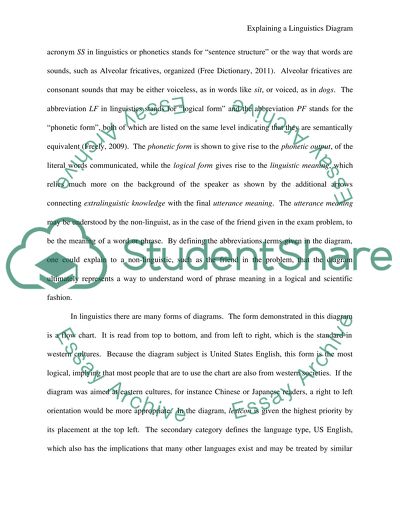Cite this document
(“Exam 3 Essay Example | Topics and Well Written Essays - 750 words”, n.d.)
Retrieved from https://studentshare.org/environmental-studies/1419189-exam
Retrieved from https://studentshare.org/environmental-studies/1419189-exam
(Exam 3 Essay Example | Topics and Well Written Essays - 750 Words)
https://studentshare.org/environmental-studies/1419189-exam.
https://studentshare.org/environmental-studies/1419189-exam.
“Exam 3 Essay Example | Topics and Well Written Essays - 750 Words”, n.d. https://studentshare.org/environmental-studies/1419189-exam.


